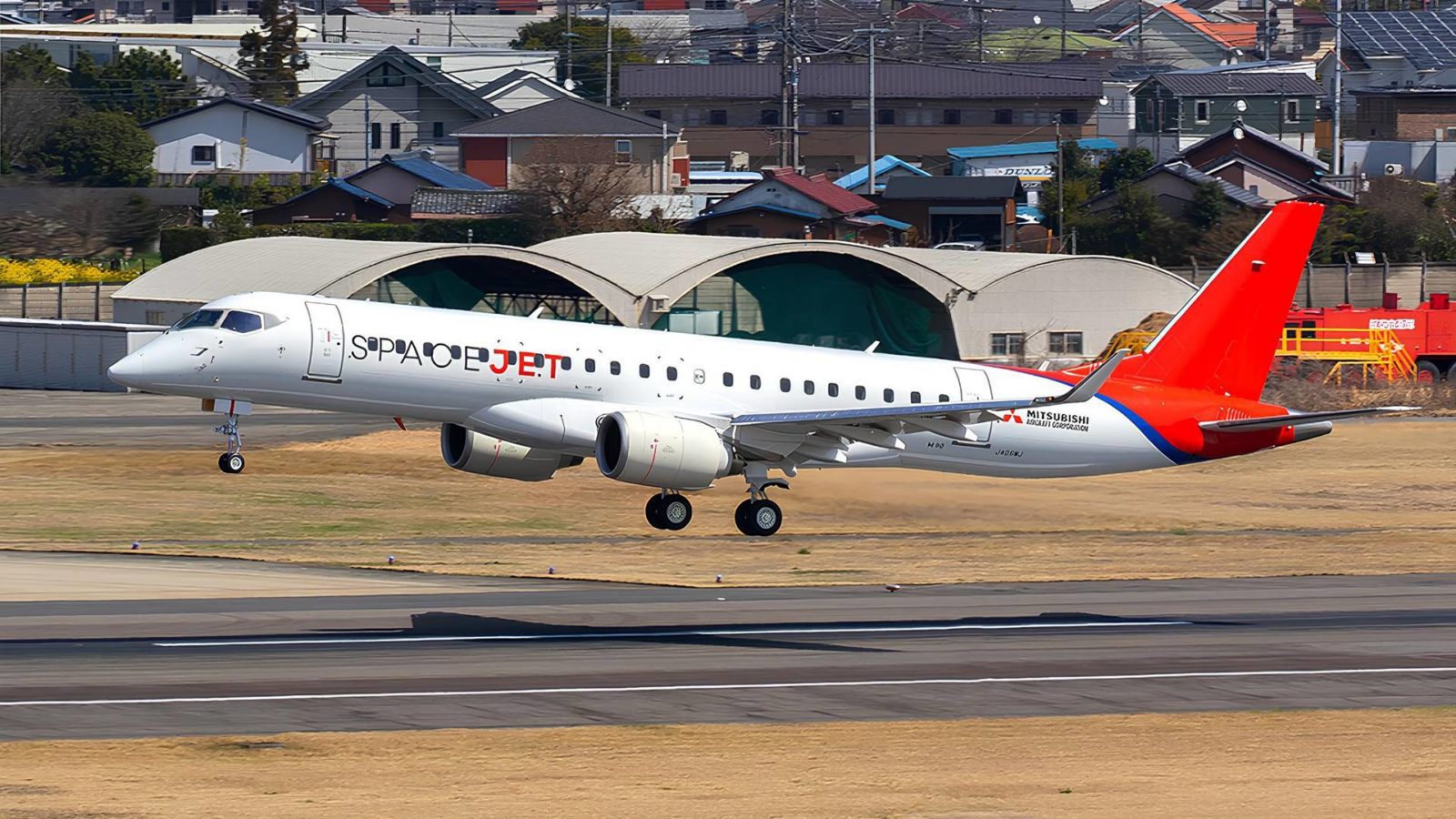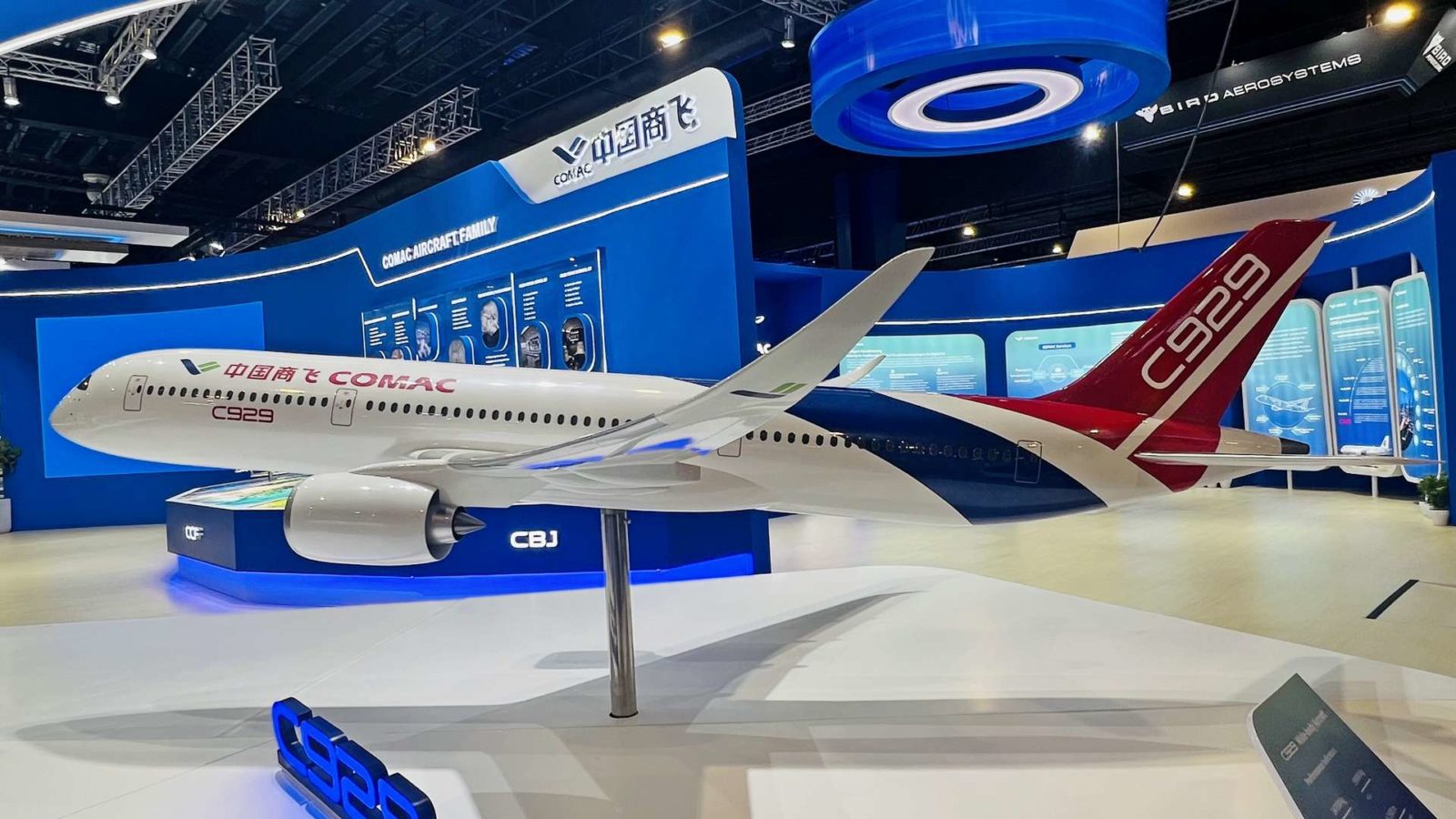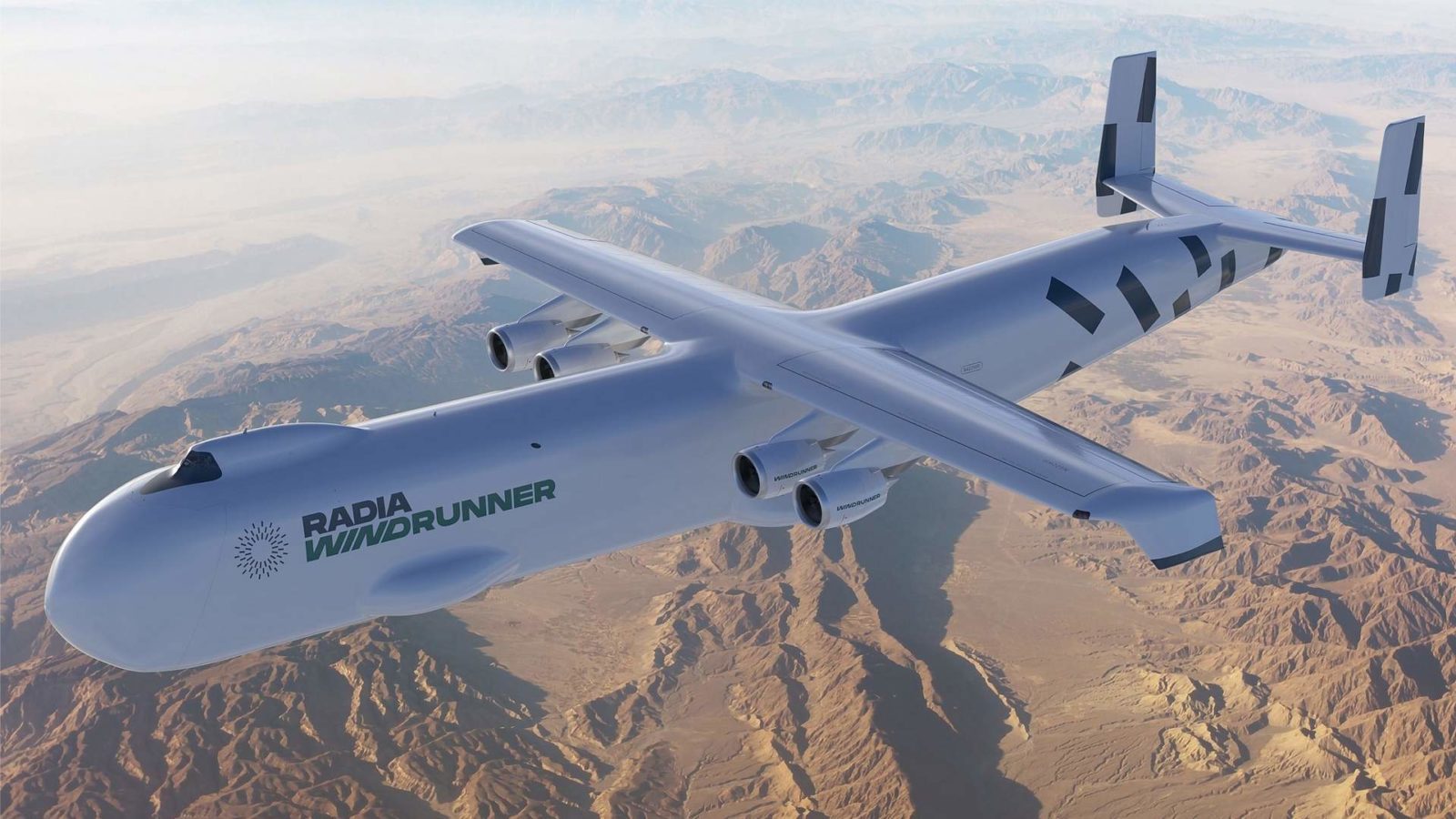The later half of the twentieth century was marked by two of the most exquisite aircraft ever made: the technologically laden Concorde, and perhaps, its kryptonite, the majestic Boeing 747. Both aircraft were designed with different mindsets, contrasting opinions and vivid engineering skills. However, while both aircraft took off for the first time in 1969 (the 747 in February, and Concorde, the following month), one was discontinued in 2003, and the other still continues to fly today, though not as affluently as back in the day, but still at the epitome of every enthusiast’s bucket list!
©Pan Am
The Idea
The day was September 30, 1968. A congregation of thousands had assembled at the Boeing factory at Everett, to see the manufacturer’s radical new aircraft. The 1960s had overseen some seismic evolutions turn into revolutions. Over the course of the decade, air travel had transferred its gears from being the preserve of the wealthy to being much more affordable for the common man.
The genesis of Boeing’s new design did not conceive from within the manufacturer, but from one of its valued customers – Pan Am. Pan Am observed increasing congestion at airports – while the number of flights increased, each aircraft could only carry a relatively small number of passengers. A bigger plane had to be made to keep down running costs. Afterall, it was more affordable for Pan Am to operate one single 747 than a couple 707s across the pond! And hence, Pan Am asked Boeing to design something completely different – a super-sized airliner twice the size of the Boeing 707. The airline promised Boeing that if Boeing would build it, Pan Am would buy it.
©Airliners.net
The Ups and Downs
The first Boeing 747 made its maiden flight on February 9, 1969, a year before entering service with Pan Am. Other airlines soon followed – British Airways, Lufthansa, Qantas, American Airlines and Delta.With its manifold capacity to fly passengers and cargo to distances far and wide, airlines were soon to change their focus from the 707 to the 747.
The 747 standing next to 707. ©Pinterest
But, with great innovations come great challenges. As the aicraft was engineered from scratch, it had enormous problems with the newly designed engines. Furthermore, the oil crisis in ‘73 did not make it any easier for airlines to procure the jumbo – afterall, the 747 wasn’t cheap. Each plane cost $24m, the equivalent of $160m in 2020. Other customers found that one of the selling points of the aircraft – that it would cost less to operate because it could carry more passengers – was only true when the plane was fully loaded. A 747 that was 70% full still burned almost as much fuel as one full to capacity.
However, Boeing needed the 747 to be a success. So, so it tweaked the design and listened to suggestions from airline customers. The 747-200 followed in 1971, with more powerful engines and with a much higher maximum take-off weight, with the longer and passenger capacity friendly -400 still being in the list. Engineering challenges related to engine reliability were tackled, and, as more and more airlines added to Boeing’s order books, the 1970s and 80s saw the 747’s distinctive humped shape became a byword for long-haul luxury.
©Airliners.net
Airlines continued to order the 747. Airports lengthened their runways and increased the size of their terminals to accommodate it. Boeing continued to tweak the design as technology improved. More airlines joined the order-book. More passengers flew on the jumbo jet. More money came in.
In an attempt to satisfy Pan Am in 1960s, Boeing had unknowingly created a masterpiece that would dominate the skies for well more than fourty years!
Coming Soon… Part 2.
This content was provided to MentourPilot by provider, Travel Radar Media. Travel Radar offers high quality content in partnership with Mentour




5 comments